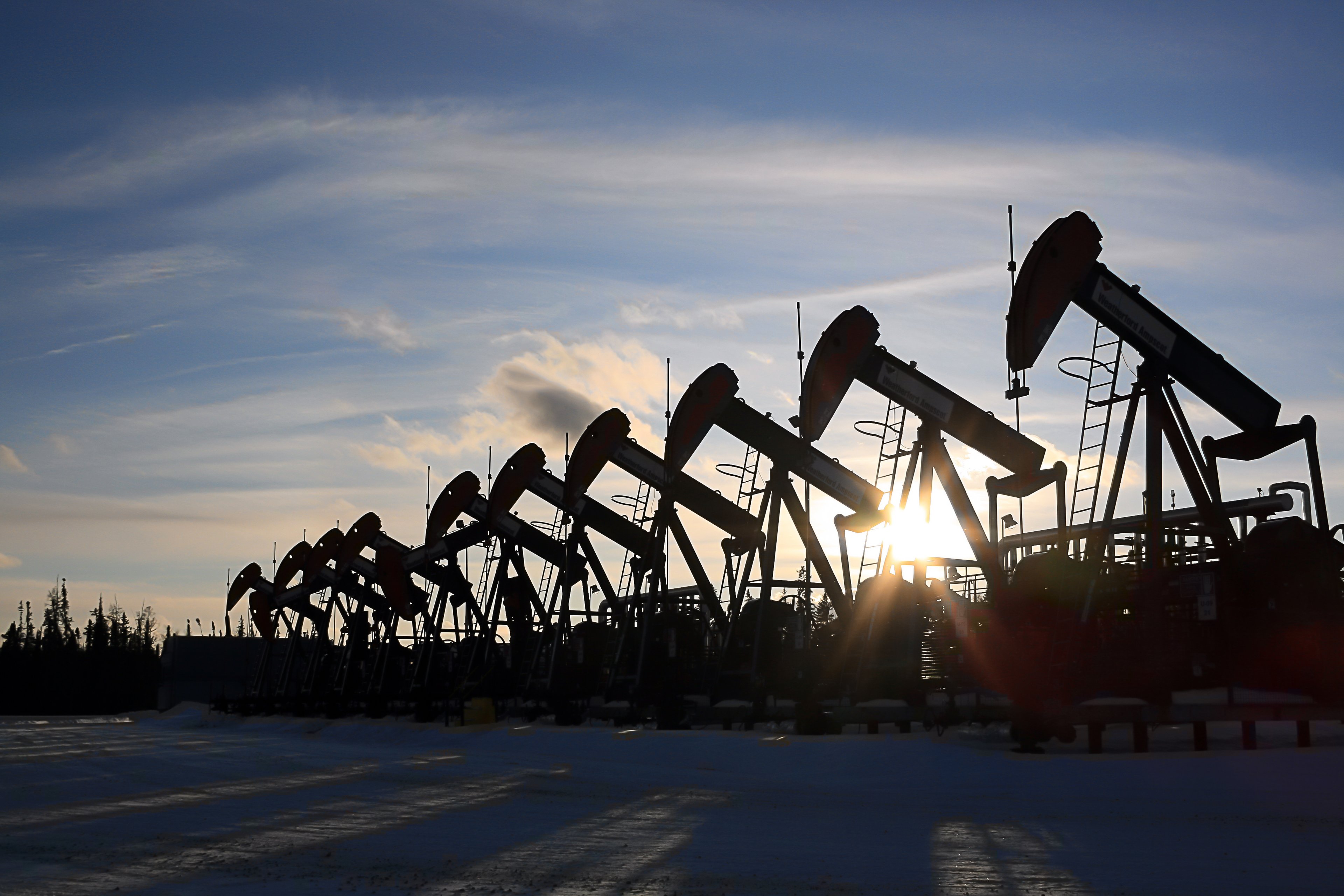Pengrowth Energy (NYSE: PGH) is a Canadian producer of oil and gas that could be an interesting play for income-focused investors. That's because of the company's dedication to paying out a high dividend to its investors every month.
The company has been struggling over the past few years due to extremely low natural gas prices. But now that natural gas prices are showing some signs of firming up, at least compared to 2012 levels, and the company is pursuing a gradual production shift from natural gas to oil, an opportunity could be emerging.
Former Canadian income trust gives dividend focus
Pengrowth Energy was originally a Canadian income trust, which was a tax-advantaged business structure that paid out all of its income to investors. In this respect, the structure was similar to a real estate investment trust. The Canadian government abolished the structure in 2006 for companies that operate domestically in order to raise more revenue. Pengrowth was one of the first income trusts to convert into a corporation following this move by the Canadian government. It was from this history that Pengrowth's focus on dividends evolved, and the company has continued this focus even though it is now a corporation.
About Pengrowth Energy
So, what does Pengrowth Energy do, anyway? Well, in short, it is an upstream oil and gas producer, similar to Linn Energy or Vanguard Natural Resources. Pengrowth Energy owns several producing assets in the West Canadian provinces of Alberta and Saskatchewan. This is one of the most resource-rich areas of North America.

Source: Pengrowth Energy
These resources allow Pengrowth Energy to produce an average of 77,371 barrels of oil equivalent per day, making it one of the larger upstream producers of oil and natural gas in North America. Unfortunately, Pengrowth's management guided lower for 2014, predicting that the company would only produce an average of 71,000 to 73,000 barrels of oil equivalent per day.

Source: Pengrowth Energy
Production decline is no problem
The production decline that Pengrowth expects to see in 2014 compared to 2013 is nothing to worry about. This is because the primary reason for the likely year-over-year production decline is that Pengrowth Energy sold $713 million in non-core assets in 2013.
For example, the company sold its stake in several properties in Southeast Saskatchewan in mid-September for $510 million, and it sold other assets throughout 2013 for an additional $203 million. The properties in Southeast Saskatchewan produced an average of 5,700 barrels of oil equivalent per day for Pengrowth, and the other properties that were sold produced an average of 5,900 barrels of oil equivalent per day.
New project to increase production
Pengrowth Energy is currently working on a project to increase its production back up to the levels that it had before it sold some assets last year. This is the company's massive Lindbergh project, located in East Central Alberta. Lindbergh is a rather unique heavy oil play possessing some characteristics that will prove beneficial to the company's ability to maintain its dividend.
Pengrowth projects that Lindbergh will produce 50,000 barrels per day by 2018. This would clearly represent substantial growth on top of the company's current level of 71,000 to 73,000 barrels of oil equivalent per day. Of course, that production increase would not come until 2018.
Fortunately, shareholders may see some production growth growth from this project as early as next year. This is partly due to the great success that Pengrowth Energy has already seen with its pilot program in the field, which has prompted the company to accelerate its development of Lindbergh.

Source: Pengrowth Energy
High monthly dividend
Pengrowth Energy pays its dividend monthly, which is likely to be appealing for many investors, and the start up of the Lindbergh project should help it to maintain or increase its dividend. Pengrowth currently yields 6.5% and provides a good way to generate sustainable monthly income. The completion of the Lindbergh project will greatly strengthen the company's ability to maintain this dividend and even increase it, but the high yield is a very nice reward for waiting.





